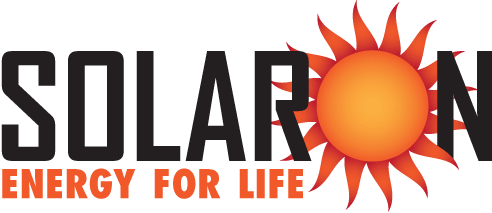Photovoltaic, or PV for short, refers to the production of energy generated from sunlight. The term originates from the words photon and volt. Photovoltaic materials, generally silicon, produce a direct current (DC, the source of the “volts”) when struck by sunlight (the “photons”). The silicon is used in a series of cells and these cells are assembled together in each solar panel. Thus a series of solar panels (called an array) can produce a continuous stream of direct current. In most applications, this output is converted to alternating current (AC) either at each panel or cumulatively at a converter. The AC output can then be used as a direct source of energy for a home or backfed to the utility grid.
Supplying the Electrical Grid
A typical installation utilizes a Net Energy Meter (NEM) that records whether electricity is being drawn from the grid or supplied to the grid. This eliminates the need for battery storage; in effect, the utility company is the “battery,” using excess power generated by the customer and paying them a portion of the proceeds. You are only charged for the difference (net), between what you use and what your system produces in electricity. During many summer months, you will produce more than you use and receive credits from the utility company. Think of your excess electricity as money in the bank!
Solaron employees are experts at designing systems that are just right for you and your usage patterns. The goal is to supply as much electricity as possible, given the space available on your property. You can also set other standards for Solaron in the design phase, such as applying a maximum budget, targeting a specific reduction in your electrical bill, or choosing how much extra capacity you want built in for future needs (such as an increase in family size or a purchase of an electric car).
To find out more about how your household would fit in with Northern California’s solar future, contact Solaron online or at 916-631-9293 today!

